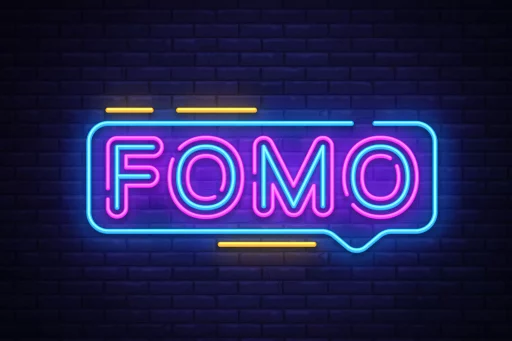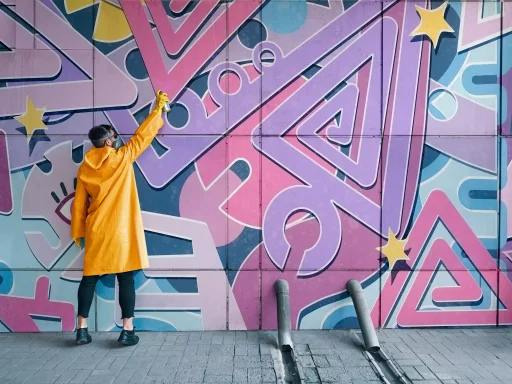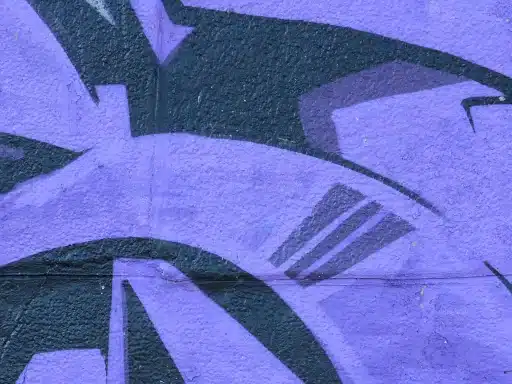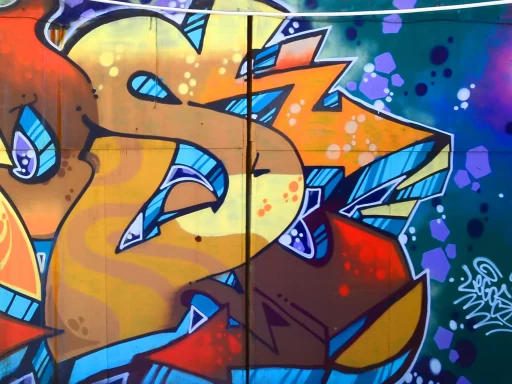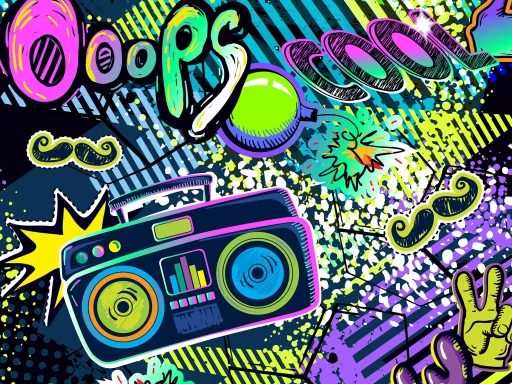Introduction to 2025 Slang
As language continues to evolve, the slang of each generation reflects their culture, interests, and societal trends. By 2025, slang words and phrases will not only mirror the fast-paced world we live in but will also highlight technological advancements and social changes. In this article, we will explore what slang may look like in 2025, its origins, and how to communicate fluently in this ever-changing lexicon.
What is Slang?
Slang is casual language that exists within specific groups or communities, often characterized by playful or creative uses of words. This informal vocabulary tends to evolve rapidly, with new terms emerging to reflect contemporary trends. As the world becomes more interconnected through technology and social media, slang spreads swiftly across different demographics.
The Influence of Technology and Social Media
In 2025, the landscape of technology will greatly influence the evolution of slang. Social media platforms, instant messaging apps, and online communities have accelerated the adoption of new phrases. For instance, acronyms and abbreviations have had a significant impact on communication styles.
- Example: “FOMO” (Fear of Missing Out) has gained popularity due to social media culture, illustrating why users feel pressure to stay engaged with constant updates.
- Example: The term “ghosting” refers to cutting off communication abruptly, a phenomenon amplified by the digital age.
Emerging Slang Terms in 2025
As we look ahead, certain slang words are predicted to become prominent in everyday language by 2025. Here are some potentially popular terms:
- Flexing: Showcasing wealth, skills, or resources to impress others.
- Simp: An individual who excessively caters to someone else, often seen as a sign of being overly submissive in relationships.
- Cap/No Cap: To lie or exaggerate (cap) or to be honest (no cap).
- Bet: Used to affirm or agree with something; also used as a substitute for “Okay” or “Sounds good.”
Case Study: The Evolution of “Lit”
The term “lit” is a great example of how slang evolves over time. Initially popularized to describe something exciting or excellent, its usage has now broadened, especially among younger generations. In 2025, we may see phrases derived from “lit” that further reflect the carefree attitude of youth culture.
For example, variations such as “lit af” (as f***), which adds emphasis, may transform into completely new terms by 2025 as society seeks fresh ways to express excitement.
The Importance of Context
Understanding slang is not just about knowing the words; it also involves grasping the context in which they are used. Different groups may adopt the same phrase but give it unique meanings based on their experiences and culture. For instance:
- In tech circles, “coding” might refer to programming, whereas, in social settings, it could imply getting things done efficiently.
- In another context, “drip” beyond its original meaning of an elaborate fashion sense may take on nuances tied to identity and self-expression.
Statistics: Slang Usage in 2025
Research shows that language and slang usage are rapidly changing, particularly among younger generations. By 2025, it’s anticipated that:
- Over 70% of Gen Z respondents will regularly use slang in online communication.
- About 60% of these individuals believe that slang facilitates more authentic conversations.
- Interestingly, studies suggest that slang may become a form of inclusivity, with over 50% of diverse groups creating unique phrases reflecting their culture.
Final Thoughts: Embracing Change
As we move towards 2025, embracing the evolution of slang is crucial to staying relevant in contemporary dialogues. Slang not only enhances creativity in language but also fosters connection among individuals in a rapidly changing society. By understanding the trends, we enhance our ability to communicate effectively, showcasing our awareness of both current events and socio-cultural shifts.
How to Stay Updated
- Engage with online platforms like TikTok or Twitter where slang often originates.
- Join forums or communities that discuss linguistic trends.
- Observe the language used in popular music, movies, and shows to stay informed about emerging terms.
In conclusion, the slang of 2025 will undoubtedly be a fascinating reflection of our continuously evolving world. As with any other language form, it will require adaptation and openness to maintain effective communication.
